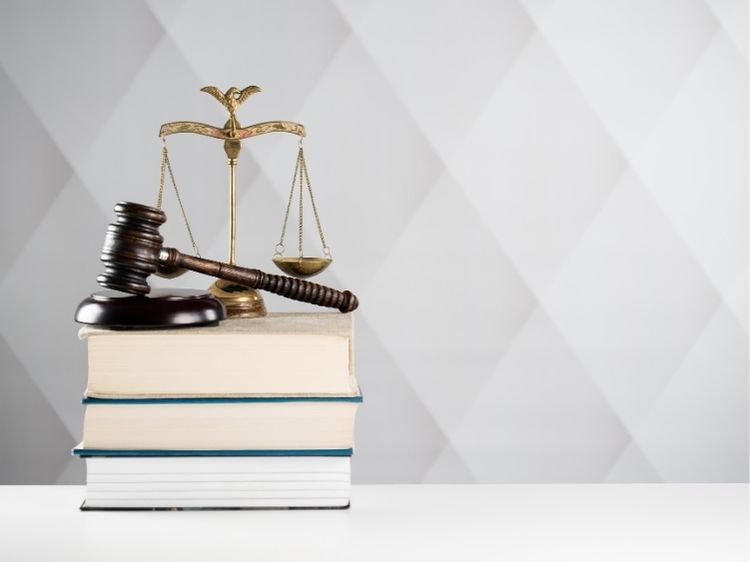Product Liability Negligence: Understanding the Legal Landscape
In today’s fast-paced world, consumers interact with countless products daily, often taking for granted that these items are safe for use. But what happens when a product turns out to be dangerous or defective? That’s where the concept of product liability negligence comes into play. It’s a legal term that might sound complex, but in essence, it’s about holding manufacturers or sellers accountable when their products cause harm due to negligence. Whether you’re a consumer wanting to understand your rights or a business looking to navigate the legal landscape, understanding product liability negligence is crucial.
What Is Product Liability Negligence?
Product liability negligence refers to a situation where a manufacturer, distributor, supplier, or retailer is held liable for releasing a defective product into the hands of a consumer. Negligence, in this context, means that the party responsible for the product did not exercise the necessary care in the design, production, or warning labels, leading to an injury or damage. It’s not just about defective products but also about failing to provide adequate warnings or instructions that could prevent harm.
Elements of a Product Liability Negligence Claim
To establish a product liability negligence claim, a plaintiff typically needs to prove four key elements:
- Duty of Care: The manufacturer or seller owed a duty of care to the consumer. This means they were responsible for ensuring the product was safe for use.
- Breach of Duty: The defendant breached that duty by failing to exercise reasonable care in the product’s design, manufacturing, or labeling.
- Causation: The breach of duty directly caused the injury or damage. The plaintiff must prove that the product’s defect was the direct cause of the harm suffered.
- Damages: The plaintiff suffered actual harm, whether physical, emotional, or financial, due to the defective product.
Types of Product Defects
Product liability negligence cases can arise from various types of defects:
- Design Defects: These occur when a product is inherently dangerous or useless due to its design, even if manufactured correctly.
- Manufacturing Defects: These defects occur during the production or assembly of the product, making it unsafe for consumers.
- Marketing Defects: Also known as failure to warn, this involves inadequate instructions, warnings, or labels that could prevent consumer harm.
The Role of Warnings and Instructions
You might’ve noticed warning labels on products like “Caution: Hot Surface” or “Keep Out of Reach of Children.” These warnings aren’t just suggestions; they’re legal requirements that help manufacturers protect themselves from liability. When a company fails to provide adequate warnings or instructions, they can be found negligent if their product causes harm. It’s not enough to just produce a safe product—companies must also consider how consumers will use the product and whether they need additional information to do so safely.
Who Can Be Held Liable?
In a product liability negligence case, several parties can be held responsible, including:
- Manufacturers: They are primarily responsible for ensuring that the product is safe for use.
- Distributors and Suppliers: These parties can also be held liable if they knowingly distribute defective products.
- Retailers: Even the store where you purchased the product can be liable if they sold a defective item.
Real-World Examples of Product Liability Negligence
Let’s take a look at some real-world scenarios where product liability negligence came into play:
- The Ford Pinto Case: One of the most infamous cases involved the Ford Pinto. The car had a design defect that made it prone to catching fire in rear-end collisions. Ford knew about the defect but decided against a recall due to cost concerns. This negligence led to numerous deaths and injuries, resulting in significant legal repercussions for Ford.
- Tobacco Litigation: Tobacco companies were found negligent for failing to warn consumers about the health risks associated with smoking. Despite knowing the dangers, they continued to market their products without adequate warnings, leading to a series of lawsuits that cost the industry billions.
- Pharmaceutical Negligence: Drug manufacturers have been held liable for failing to disclose side effects or for producing medications with harmful ingredients. For example, lawsuits against opioid manufacturers for their role in the opioid crisis highlight the importance of proper warnings and the severe consequences of negligence.
FAQs About Product Liability Negligence
1. What should I do if I’m injured by a defective product?
First and foremost, seek medical attention. Then, document the injury and keep the product as evidence. It’s also advisable to consult with a lawyer who specializes in product liability cases.
2. Can I sue the retailer if the product I bought was defective?
Yes, retailers can be held liable, especially if they were aware of the defect or sold the product without adequate warnings.
3. How long do I have to file a product liability negligence claim?
The time limit, known as the statute of limitations, varies by state. It’s essential to act quickly and consult with a lawyer to ensure you don’t miss the deadline.
4. What kind of compensation can I expect in a product liability negligence case?
Compensation can include medical expenses, lost wages, pain and suffering, and punitive damages, depending on the severity of the negligence and the harm caused.
Conclusion
Product liability negligence is a critical aspect of consumer protection. It ensures that manufacturers, distributors, and retailers are held accountable for the safety of their products. By understanding your rights and the legal landscape, you can better navigate the complexities of these cases, whether you’re a consumer seeking justice or a business striving to avoid legal pitfalls.
Authoritative Links
- www.cpsc.gov (Consumer Product Safety Commission)
- www.findlaw.com (Legal Information and Resources)
- www.nolo.com (Legal Encyclopedia)



